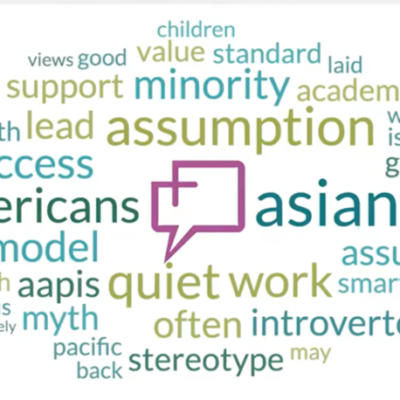Equity isn’t something you can create with a one-time initiative or awareness campaign. It must be woven into the very fabric of your school or district.
For education leaders, it requires “a special ear and eye to histories strengths and challenges of people who aren’t like us,” said Joe Feldman, CEO of Crescendo Education Group. And for schools and districts, it requires the ability to hold administrators accountable for changing what they see.
But as increasingly diverse schools face mounting pressure to ensure equitable outcomes for disadvantaged students, many are struggling to answer a crucial question: How can they effectively assess their administrators’ ability to lead the charge toward equity?
“Leaders need to be constantly assessing what’s happening in schools. If there’s an inequity, it’s up to them to take care of that,” said Feldman.
Adopting an equity framework is often the first step toward creating the formal support structure needed to produce equitable student outcomes. Such a framework not only helps education leaders apply the concept of equity to everything they do, but it can also help illuminate best practices for dismantling disparities within your organization.
For example, a group of principals in Oakland developed a Principal Leadership Rubric that prioritizes equity as the cornerstone of eight essential dimensions of leadership practice. By applying the rubric and measuring results, they discovered that a leader’s ability to disrupt historic and structural inequities depends primarily on three factors:
- Explicit vs. implicit leadership. The principal recognizes inequities as systemic in nature and speaks explicitly about them.
- Placing issues within a macro context. When individual instances of discrimination occur, the leader relates them to a larger systemic context.
- Expressing clear next steps. When addressing educational disparities, the principal outlines clear and actionable next steps for staff to take.
When developing (or adapting) an equity framework, it’s helpful to include clear guidelines on what equity leadership should look like within your organization. In its Leadership for Equity Assessment & Development (LEAD) tool, Education Northwest outlines a sample rubric for assessing equity leadership within a school or district, identifying the following essential practices:
Engaging in self-reflection
Leaders need to continually ask questions such as: Who are we serving or not serving and why? Who is being included or excluded and how? They must also willingly examine biases and assumptions (including their own) and encourage dialogue about equitable teaching practices.
“Without a firm self-examination of his or her own role in historically inequitable structures, a school leader is not able to authentically engage with his or her school community,” said education researcher Jessica G. Rigby.
Advancing an equity vision
Equity leaders engage the entire school community—especially those traditionally marginalized—to develop a vision for the success of every student. Through ongoing, two-way conversations within the school community, they build their stakeholders’ capacity to help enact a shared equity vision.
“What is most important is that schools and districts have a shared vision and common language around the essential work of equity-centered leaders seeking excellence for all students,” said June Rimmer, associate director of the University of Washington’s Center for Educational Leadership.
Allocating resources equitably
When allocating resources, strong equity leaders know better than to take a colorblind approach, Feldman said. Instead, they strategically distribute financial, material, time and human resources to support learning for students who have been historically underserved due to their race, ethnicity, class or home language.
For example, when making staff placement decisions, leaders will place the most skilled teachers with students who have the greatest need.
Fostering an equitable school culture
When leaders openly address discrimination issues, they provide a voice and a sense of belonging for traditionally marginalized members of the school community. This is central to the ability to nurture a school culture that revolves around equity.
“Think about the culture and rituals and routines of your school,” Feldman said. “When current events are happening that emotionally or psychologically impact one group of people more than another, how do you address that in school? Do you ignore it or talk about it? Think about what you as a school leader do to help the school as a community address issues that are outside the school but that kids are bringing with them.
Improving equitable instruction
It’s up to leaders to guide teachers toward more equitable instruction. After all, they’re the ones who must hold staff members accountable for meeting the learning needs of each student.
That means making use of all available resources—from student data to classroom observations, to pinpoint disparities and provide clear, actionable steps for correcting them, Feldman said.
“A lot of times principals come into classrooms unsure what they’re looking for,” he said. “When you do classroom observations, you need to have an eye to particular things. Where are different groups of kids sitting? Who’s participating and who’s doing the work? Who are the kids who are engaged? How are different groups of kids experiencing that room differently?”
There’s no one-size-fits-all approach to equity. Each school or district needs to decide what equitable leadership looks for its school community. By adopting an equity framework, administrators can make it easier to assess the effectiveness of equity leadership within their school or district.








Leave a Comment